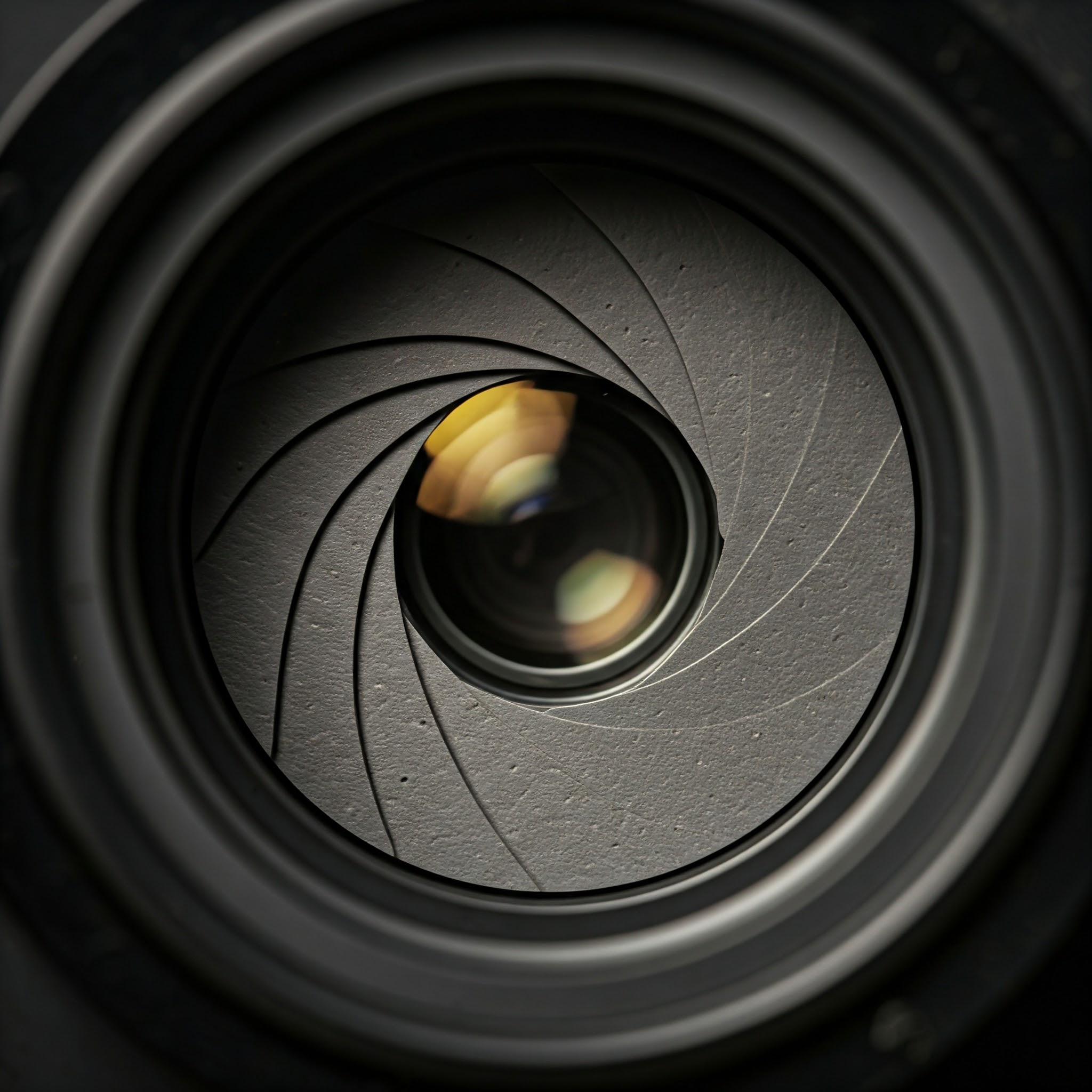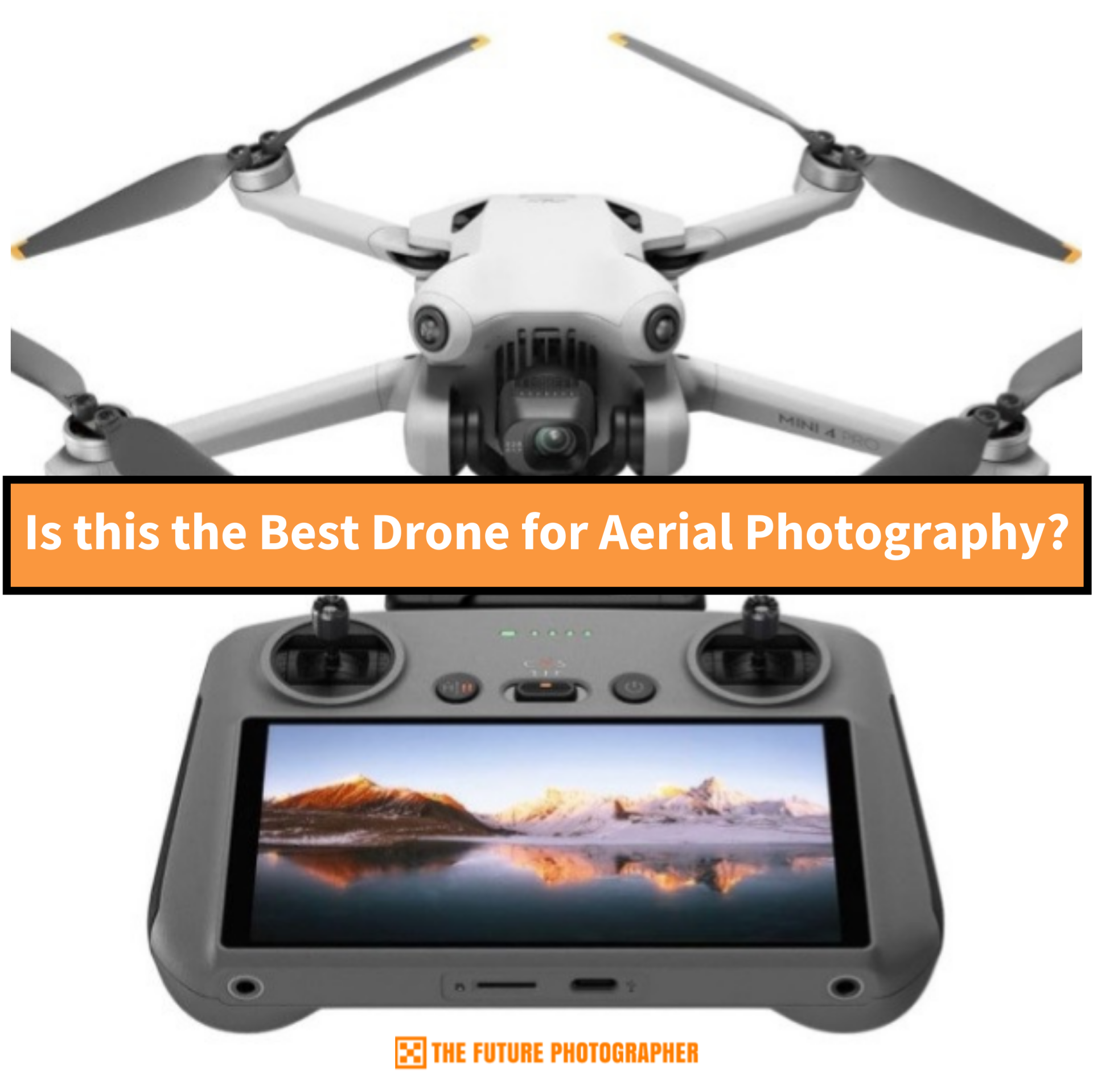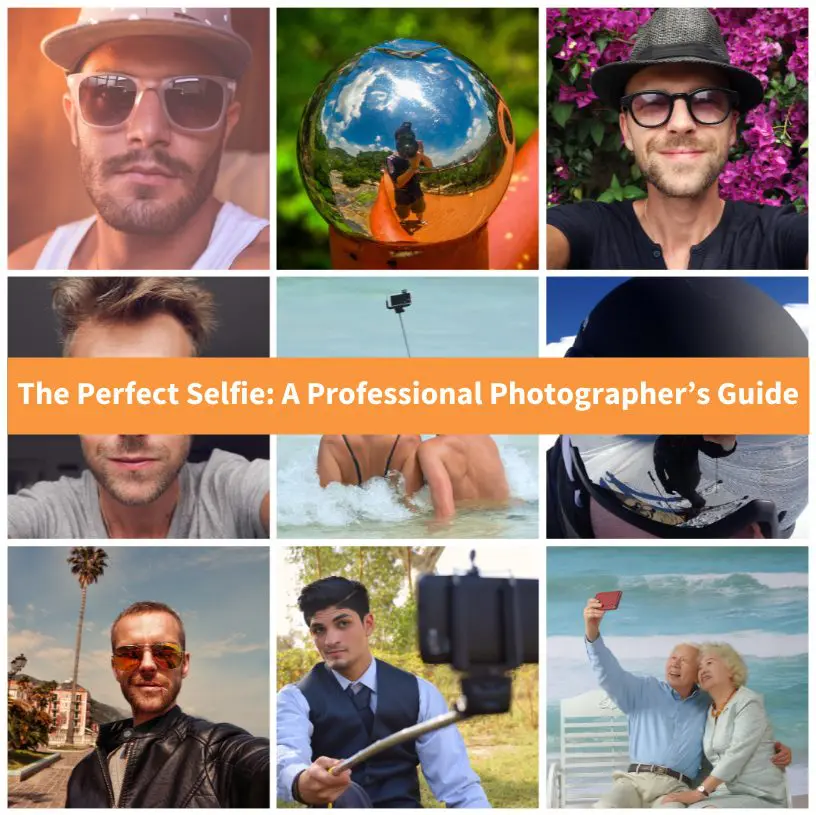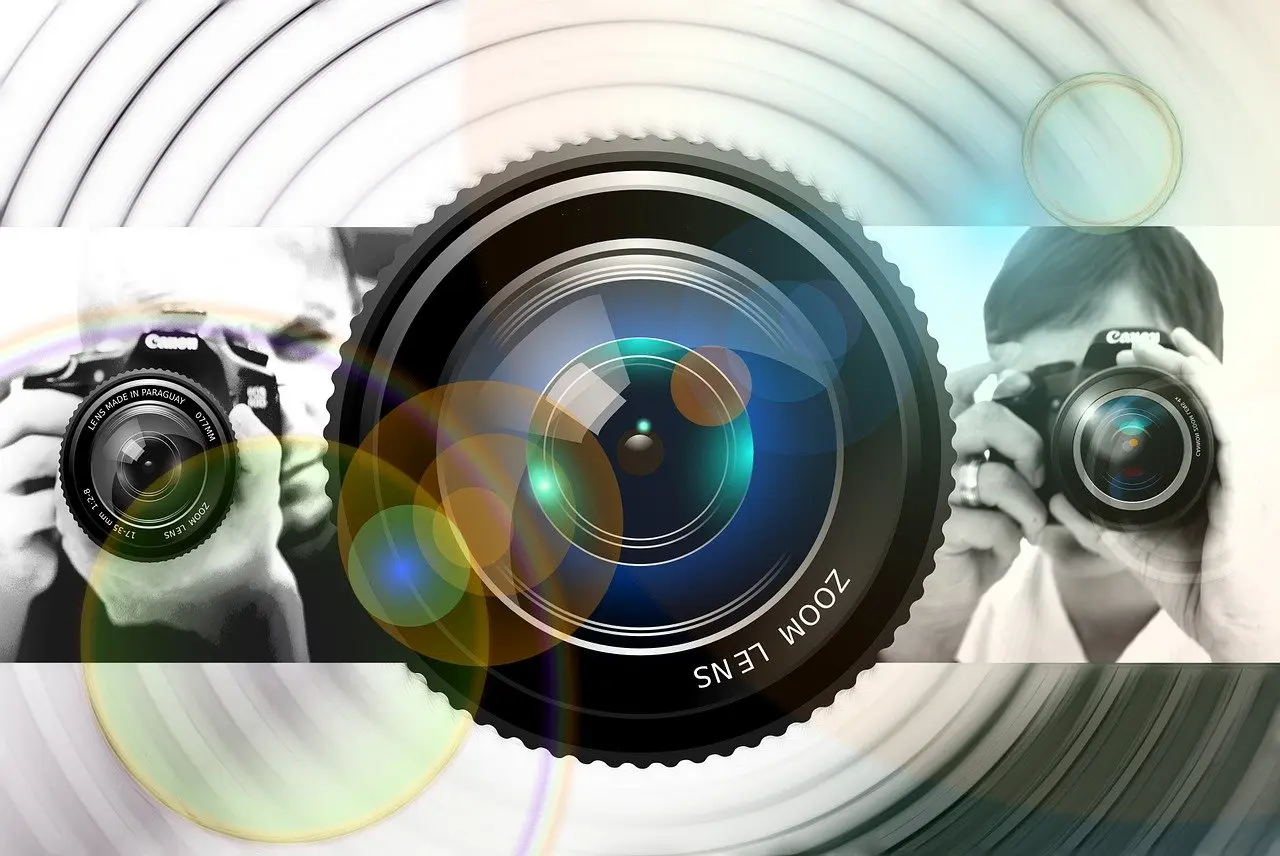
As a photographer, have you ever wondered about those f-stop numbers on your camera lens and what they really mean? They represent the aperture, a fundamental concept that can dramatically impact your images. This blog post is all about understanding camera aperture, offering practical guidance whether you’re a beginner or a seasoned pro.
For years, I struggled to grasp the relationship between aperture, shutter speed, and ISO. Through trial and error and lots of experimentation, I’ve learned how these elements interact. Now, I’m sharing my insights to simplify the process for you.
Table of Contents:
- What is Camera Aperture?
- Aperture in Different Photography Genres
- Balancing Aperture, Shutter Speed, and ISO
- Tips for Using Aperture Effectively
- Conclusion
What is Camera Aperture?
Aperture refers to the size of the opening in your camera lens. This opening controls how much light passes through to the camera’s sensor.
It’s measured in f-stops (like f/2.8, f/4, f/5.6, f/8, f/11, f/16, and so on). A lower f-stop, like f/1.4, signifies a wider aperture, letting in more light.
A higher f-stop, like f/22, indicates a smaller aperture opening, restricting light. It’s similar to the pupil of your eye, widening in dim light and constricting in bright light.

Understanding Camera Aperture and Depth of Field
Besides controlling light, understanding camera aperture is crucial because it governs depth of field (DOF). DOF is the area of your image that appears sharp and in focus.
A wide aperture (small f-stop) produces a shallow depth of field. This means only a small portion of your image will be in focus, blurring the background.
This is ideal for portraits to emphasize the subject. A narrow aperture (large f-stop) creates a deep depth of field, bringing more of the scene into focus.
Landscape photographers often use this to ensure everything is crisp. Learn how aperture size impacts focus by reviewing this article about understanding shutter speed. It is advisable to also understand the Exposure Triangle.
For more insights on exposure, explore The Exposure Triangle.

Aperture in Different Photography Genres
Now let’s see how varying apertures shape different photography styles. Understanding camera aperture is vital for capturing impactful images across multiple genres.
Portrait Photography
Wide apertures (like f/1.4 or f/2.8) are frequently used in portrait photography. The shallow DOF blurs the background, emphasizing facial features and creating bokeh.
Landscape Photography
Landscape photography requires keeping most of the scene in focus. Narrow apertures between f/8 and f/16 achieve this effect. This ensures everything from nearby flowers to distant mountains is clear.
It’s crucial to balance shutter speed and ISO for optimal results. This balance ensures proper exposure even with a smaller aperture opening.
Macro Photography
In macro photography, depth of field becomes extremely limited. Precise aperture control is essential for capturing tiny subjects with precision.
Starting with a moderate aperture around f/8 and adjusting as needed is often recommended. Consider the specific shot and background blur desired. With a macro lens setup, you can easily create a narrow depth of field.
Balancing the f-stop ensures proper light and background blur while keeping the subject sharp.
Sports Photography
Freezing action in sports photography requires fast shutter speeds and ample light. Even in daylight, fairly wide apertures (like f/2.8 or f/4) might be necessary.
This allows maximum light while maintaining sufficient depth of field. This ensures sharp focus on fast-moving subjects. Fast lenses are valuable in this area of photography.
Balancing Aperture, Shutter Speed, and ISO
Aperture is part of the exposure triangle, interacting with shutter speed and ISO. Changing one setting affects the others.
For instance, widening the aperture lets in more light. This allows for a faster shutter speed or a lower ISO, impacting motion blur and image sharpness.
| Setting | Effect | When to use |
|---|---|---|
| Wide Aperture (e.g., f/1.4-f/4) | Shallow DOF, more light | Portraits, low-light conditions |
| Moderate Aperture (e.g., f/5.6-f/8) | Balanced DOF, moderate light | General purpose, everyday photography |
| Narrow Aperture (e.g., f/11-f/22) | Deep DOF, less light | Landscapes, architectural shots |
Mastering this dynamic relationship is crucial for controlling exposure and creative expression.

Tips for Using Aperture Effectively
Practicing with aperture in your camera settings is key. Here are additional tips to further your understanding of camera aperture:
- Start with Aperture Priority Mode: This mode lets you control aperture while the camera automatically adjusts other settings for correct exposure.
- Experiment: Play with different aperture settings. Observe how they affect your photos, paying attention to depth of field and light entering the lens. Try shooting stationary subjects like flowers in various lighting to see the impacts.
- Invest in Fast Lenses: Lenses with wide maximum apertures (f/1.4 or f/1.8) allow shooting in low light with fast shutter speeds. This helps you achieve proper exposure even in dark environments.
- Embrace Natural Light: The quality and direction of light interact with aperture choices. Consider backlighting, side lighting, and diffused light to enhance mood and texture. Each lighting scenario requires attention to aperture setting.
Conclusion
Understanding camera aperture enables control over depth of field, low-light shooting, and creative exploration. Mastering the f-stop and its application transforms your digital imagery.
Understanding camera aperture elevates your photography. It takes you from snapshots to crafting images with purpose, creativity, and control. As your understanding grows, so does your creative potential.
Check out our other articles for the latest Future Photographer content.





